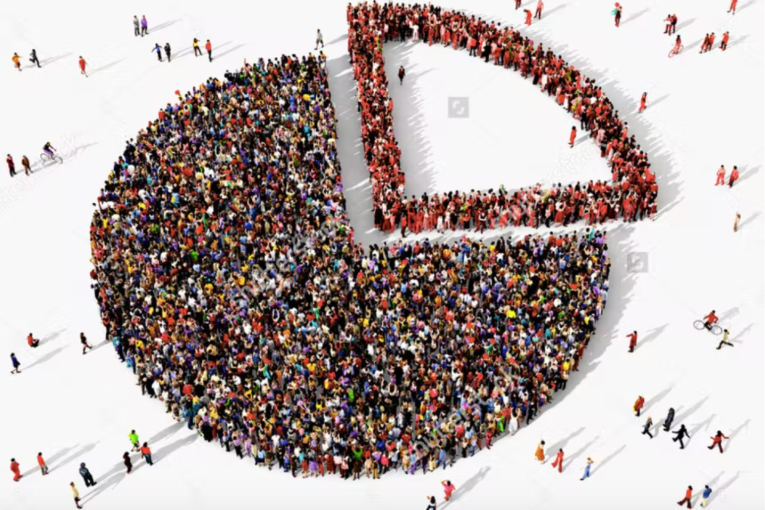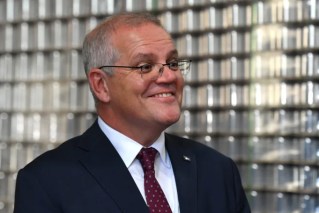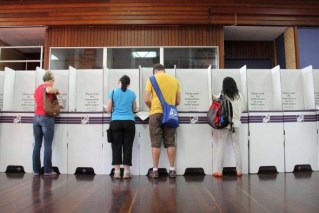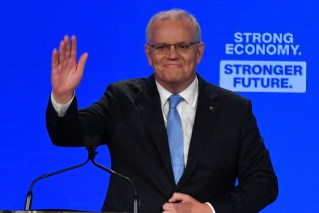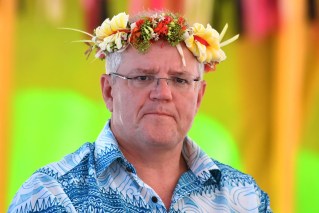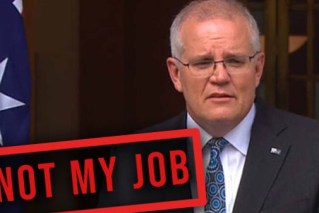So what are the voters really thinking? You might be surprised by the answer
Today the Coalition is releasing its costings, hoping to revive the “who’s best to manage money” debate. Dennis Atkins has found a new poll suggesting the public really doesn’t care that much.

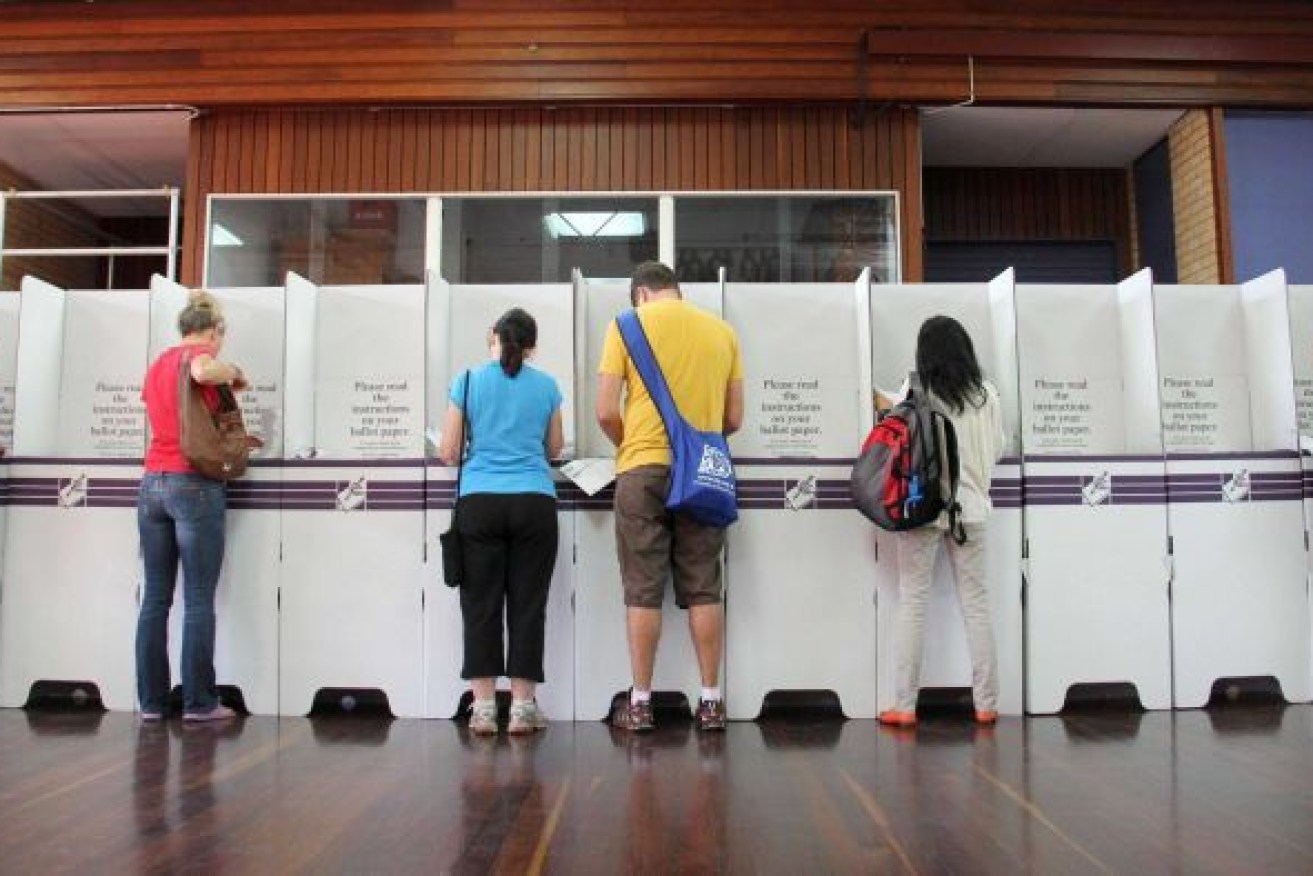
Photo: ABC
Here’s a dinner party question to toss around in the lead up to Saturday’s voting: what proportion of Australians are concerned about reducing the size of the federal deficit?
Listening to the mostly civil, sometimes shouty, debate that’s occurred over the past five weeks you might say at least half, maybe greater, edging towards two thirds.
If that was your assumption, you’d be wrong. If a new survey from an established and generally reliable poll is right, it’s barely one in four.
This and other results from the Australian National University’s Centre for Social Research and Methods analysis of views on policy and politics on the eve of the 2022 Federal Election suggests there’s a big helping of unreality about some of the debate we’ve been having recently.
Among the rich pickings in the survey is the list of priorities ascribed to Australian voters. It has dealing with the federal deficit down at the bottom, just ahead of dealing with drug issues, addressing race and tackling immigration problems.
It’s a long way from reducing the cost of living, fixing aged care, strengthening the economy, reducing health costs, deadline with climate change, and improving education – all of which rate as a priority by more than one in two Australians.
Other surprising results which provide insight into what Australians regard as important include just over one third (36.5 per cent) nominating “dealing with the coronavirus” as a top priority. This shows how much the virus that so consumed a nation for almost two years has moved from the public mind.
The decision by Anthony Albanese to catapult his way into this campaign with a promise to fix aged care is validated by findings which say many more people want to increase the wages of people in nursing homes and related services (48.3 per cent) over those in the child care sector (29.8 per cent).
It might be a very expensive plan but it is very popular.
These are interesting findings (as are those which disaggregate support on issues between Coalition and Labor voters) but the really important numbers just four days before voting day is how sentiment towards the parties has changed.
The survey (with a sample of 3587 people aged 18 and over) has gone into the field six times since the beginning of the pandemic in early 2020 and this has thrown up some fascinating findings.
“(The surveys show) that just prior to the pandemic in Australia, a roughly equal proportion of adult Australians would have voted for the Coalition and Labor if an election was held (at that time),” says the survey report.
“By January 2021, at a time of very few Covid-19 restrictions or cases in Australia, 39.9 per cent of Australians said that they would vote for the Coalition compared to 33.4 per cent who said they would vote Labor.
“The gap between the two parties narrowed between January and August 2021 (when vaccination rates lagged well behind other countries), and had essentially disappeared by October 2021 (as the Covid-19 restrictions in the south-east of the country had only started to be eased).
“There was a large increase in voting intentions for Labor between October 2021 and January 2022, with commensurate declines in voting intentions for the Coalition. This is followed by the slight narrowing up until April 2022 (seen in the survey).”
This polling story charts the way the shifting fortunes of the major parties were guided by the way the impact of the pandemic was felt and the response of the Morrison Government as these events evolved.
The ANU study found the ebbing and flowing of government support was matched by a big rise in community satisfaction with the Commonwealth public service followed by a slump in the same measured sentiment.
Satisfaction with the way the Commonwealth public sector operated climbed sharply at the beginning of the pandemic – from just under 30 per cent in January 2020 to just over 62 per cent four months later in May.
This unprecedented positive attitude to the public sector (certainly in the modern era) was soon wasted with community support slumping from that 62 per cent high back to about one in three – not much different from where the mood was just after the 2019/20 bushfires.
The survey also takes issue with one piece of data being thrown around as accepted wisdom in the last days of the campaign: that there is an historically high level of undecided/uncommitted/soft voters in the mix.
Maybe not, says the ANU. “There was a slightly greater degree of stability in voting intentions amongst those who said they would vote for the Coalition in January 2022 compared to people who intended to vote for another party,” the survey found.
“79.4 per cent of those who said they would vote for the Coalition in January 2022 also said they would vote for the Coalition in April 2022, compared to 74.6 per cent for those who said they would vote for Labor in January 2022.
“There were large flows away from the don’t know or undecided voters, with only half of those who did not know who they would vote for when asked in January 2022 saying they did not know who they would vote for when asked in April 2022.”
It’s a great election when you sit up in the last week and find new things about what’s going on!
